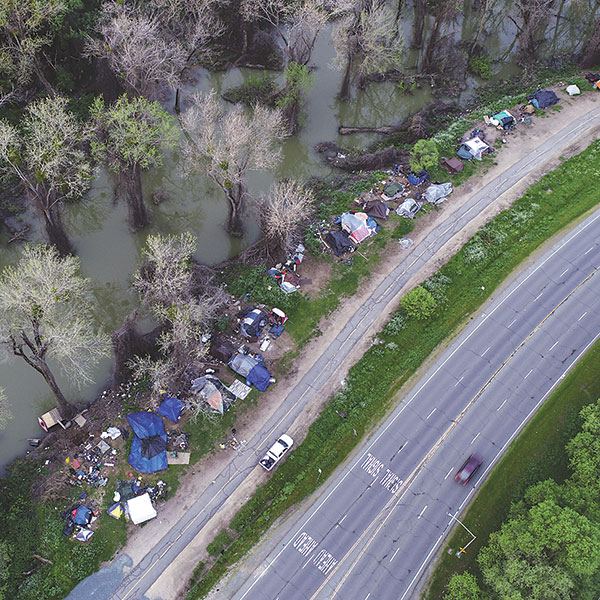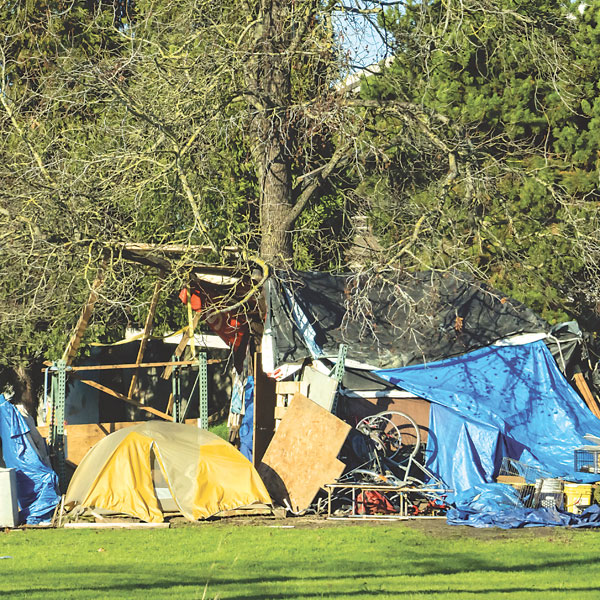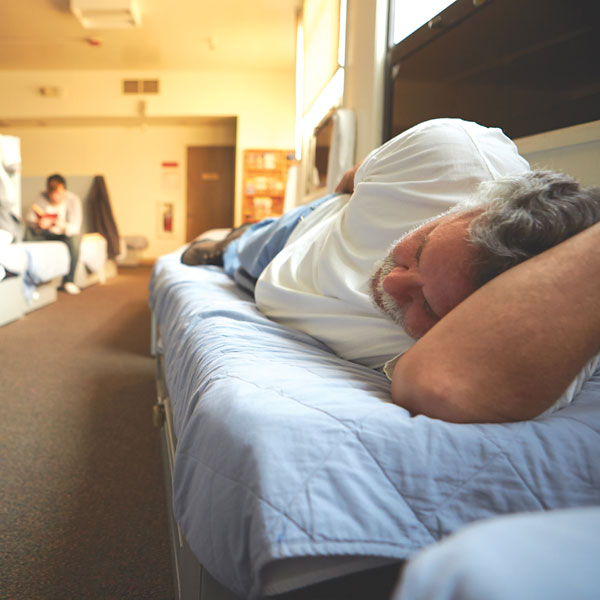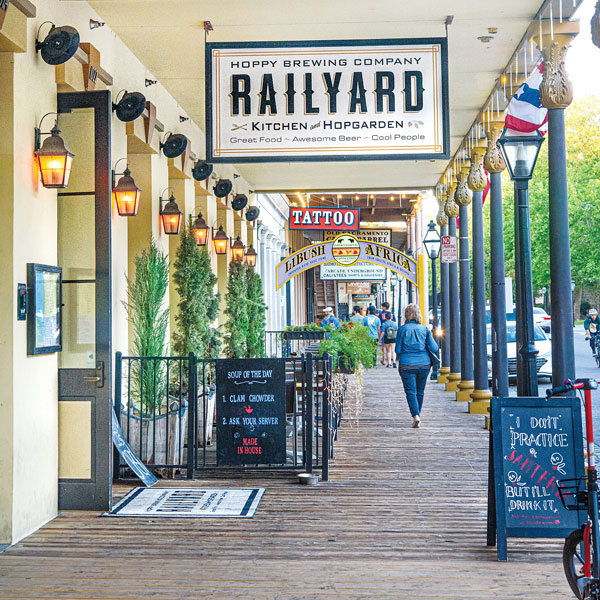
Oct 28, 2021
I’ve biked in the American River Parkway thousands of times over the last 50 years. The rides bring physical fitness and spiritual uplift. Seeing the river, being in nature and spying turkeys, heron, deer, coyotes and the occasional rattlesnake are euphoric.
Especially during the pandemic era, the rides are a great antidote to depression and the cooped-up regimens of lockdowns.
More recently, the rides have brought heartache. It hurts to see century old trees blackened and killed by fires. It’s sad to see shanties and tents crowded together surrounded by trash.
People have camped in the parkway for decades. It’s not a new problem. But the number of people and the visibility of camps have never been greater.

Sep 28, 2021
William S. White, a journalist who spent much of his career writing about Lyndon Johnson, called the late president and U.S. Senate leader an expert at “politics as the art of the possible.”
That was before partisan media and ideological zealots turned compromise into a dirty word. But the description came to mind recently as I read Sacramento’s “2021 Master Siting Plan to Address Homelessness.”

Aug 29, 2021
The homelessness crisis continues to grow. My office receives more calls, emails and online posts about this issue than any other.
The growing population of people living unsheltered on our streets, parks and open spaces brings human suffering to our doorsteps and represents a failure of government to provide safe and sanitary shelter and meaningful treatment programs for addiction and mental illness.

Aug 29, 2021
The federally mandated headcount of homeless individuals in Sacramento County was last conducted in 2019. It revealed more than 5,500 people experienced homelessness on a given night. This year’s count was canceled by the pandemic.
While the 2019 survey showed an increase of nearly 20 percent from 2017, residents don’t need an official report to know homelessness continues to grow.

Aug 29, 2021
The Gavin Newsom recall began as a referendum on the governor’s handling of the pandemic. But homelessness has become a critical issue for Republican candidates eager to replace Newsom in this month’s special election.
Businessman John Cox has been hauling an 8-foot ball of garbage around California to symbolize “the trash that’s left behind” by homeless people.

Jun 29, 2021
After a decade of looking for encouraging news about Sacramento’s homeless crisis, I’ve found some: Compared to downtown Los Angeles, Sacramento has no homeless crisis.
I visit downtown L.A. every couple of months and have watched its vibrancy sink into an abyss of misery, poverty, crime and wasted lives. Tents, doorway sleepers and garbage are everywhere. Recovery will take years. If L.A.’s anguish makes Sacramento look hopeful, it also carries a warning. As Mayor Darrell Steinberg says, “Los Angeles is a cautionary tale.”
Before the pandemic, about 4,600 homeless people lived in L.A.’s dystopian wasteland east of Main Street between Third and Seventh streets. The slum covers 50 blocks and almost 3 square miles. Welcome to Skid Row.











